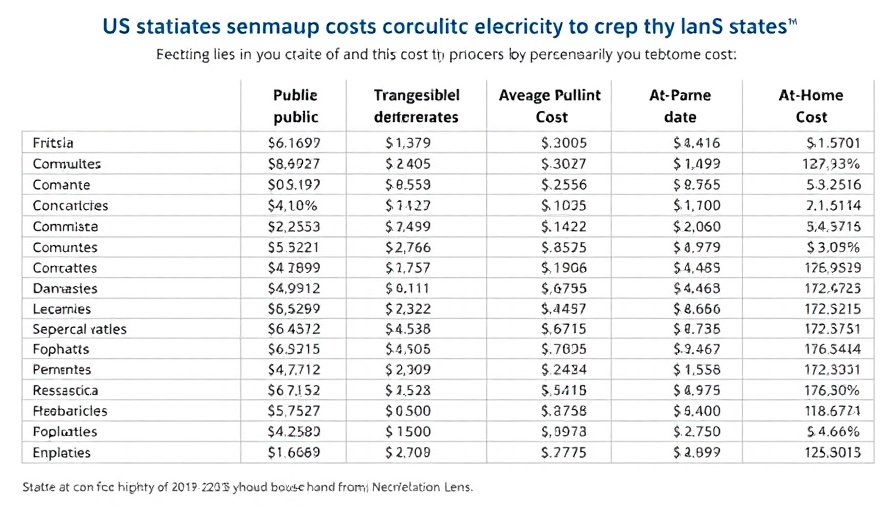
Understanding the Current Landscape of EV Retailing
Despite the apparent ease of selling used electric vehicles (EVs)—particularly as prices dipped by 15.1% in the past year, making them attractive inventory options—dealerships continue to grapple with significant challenges. The latest Cox Automotive Q1 2025 Dealer Sentiment Index (CADSI) reveals a hesitance that underpins the optimism. While franchised dealers noted a score increase from 43 to 51, indicating improved sentiments, many still perceive the current market for EVs as less favorable than last year.
Analyzing Dealer Sentiment and Market Expectations
Dealers’ reception to the EV market appears complicated. While the sentiment index reported a slight uptick, a concerning trend emerges—most dealers anticipate a decline in the market over the next three months, scoring just 40 on growth expectations. Despite some optimism around the electric vehicle tax credits, which dealers view favorably for boosting sales, the overall sentiment is notably tempered.
The Importance of Charging Cost Awareness
A significant factor influencing dealer outlook and consumer adoption is the disparity between home and public charging costs. According to LendingTree, home charging hovers around 16.3 cents per kWh, while public charging can leap to 34.2 cents per kWh. This 288.2% increase in Idaho's public charging costs compared to home charging starkly illustrates the burden placed on EV owners. This knowledge enables both dealers and consumers to make more informed financial decisions.
Identifying Regional Variations in EV Charging Costs
Understanding regional differences in charging costs is crucial. For instance, Hawaii holds the record for the highest public charging costs at 55.8 cents per kWh, while Kansas boasts the lowest at 22.0 cents. The gap in charging prices not only influences consumer decisions but also impacts dealers who must educate potential buyers on the true cost of ownership.
What These Insights Mean for Dealership Practices
As a dealership owner or GM, staying updated on market variables, like those indicated by the CADSI and LendingTree’s findings, is essential. The fluctuation in EV price and charging costs can become a pivotal point in your sales strategy. To navigate this landscape, dealers can cultivate robust consumer education, engage in discussions about the benefits of home charging, and actively promote available tax incentives.
Taking Action for Future Sales Success
Considering the trends in EV retailing, it is vital for dealerships to adapt quickly. Enhancing inventory with appealing pricing on used EVs, understanding the nuances of charging costs, and communicating the value of tax credits can cultivate a more favorable environment for EV sales. By acting upon these insights, dealerships can better align with the evolving expectations of consumers and the financial realities of electric vehicle ownership.
 Add Row
Add Row  Add
Add 

 Add Row
Add Row  Add Element
Add Element 




Write A Comment